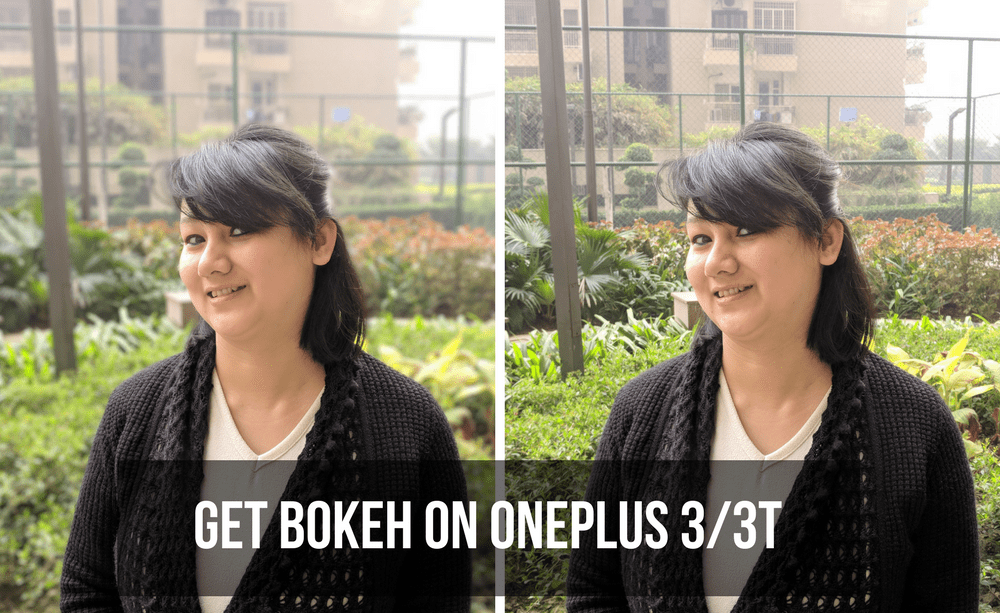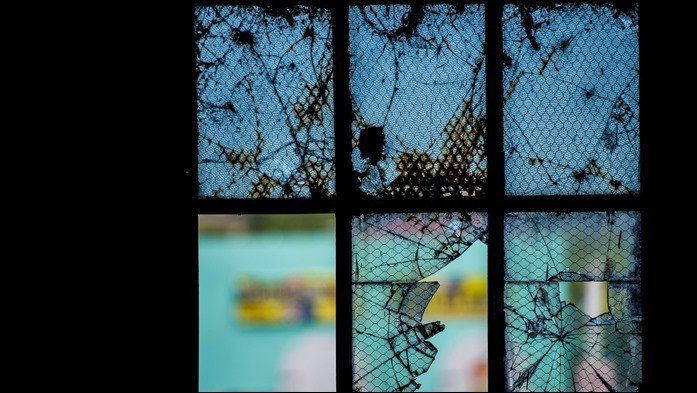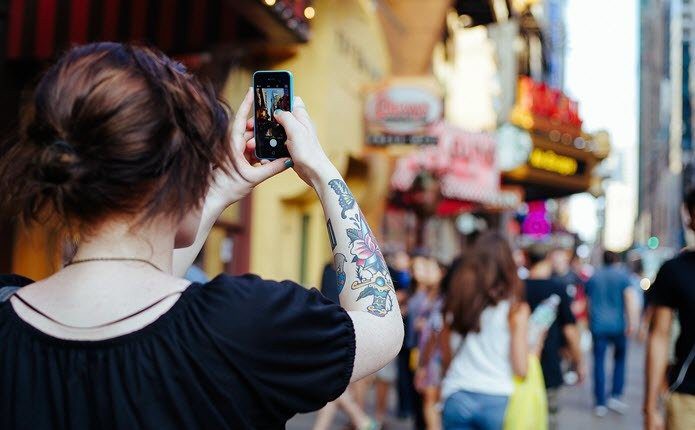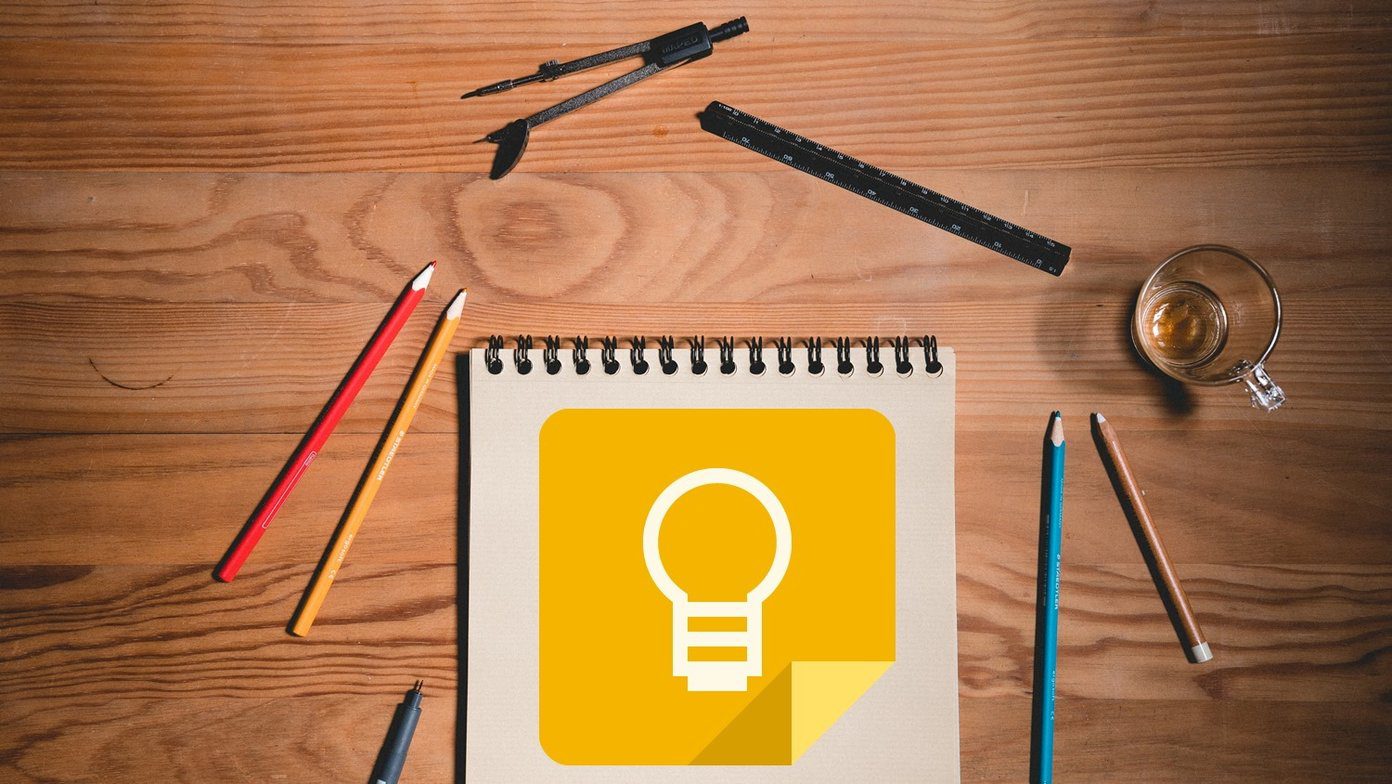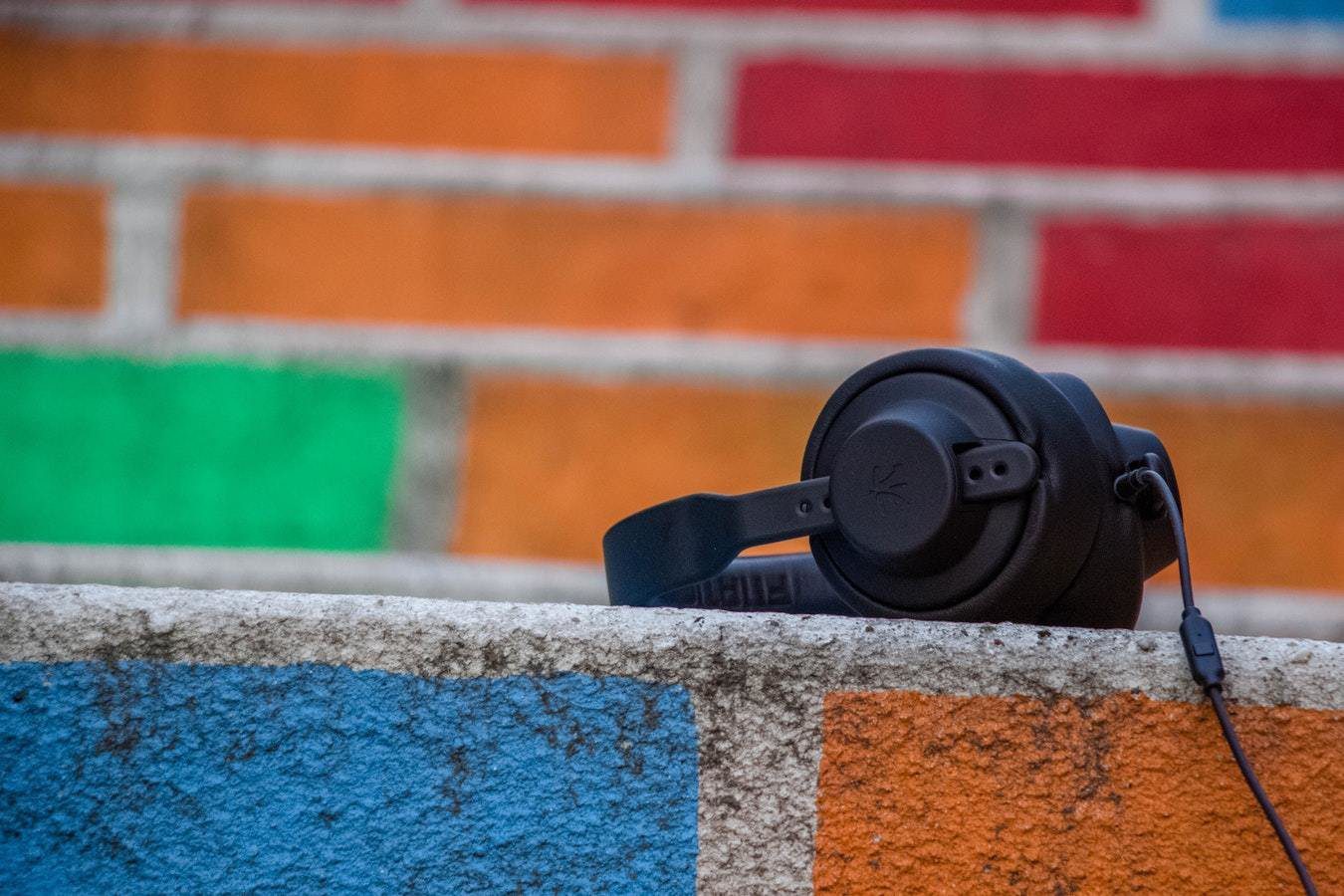Many people think you need a DSLR to produce this bokeh effect and that’s partly true. DSLRs do it best just due to the nature of them, but it more has to do with the lens. As lenses in smartphones improve, it won’t be long before manufacturers squeeze this feature in there as well. In fact, the iPhone 7 Plus Portrait Mode has a bokeh feature, but the software trickery there is nowhere near the quality a DSLR lens can produce. Until smartphones iterate further, DSLRs are your best choice. But your work isn’t done there. Getting the perfect bokeh takes some learning and practice. Here is how to achieve bokeh with your DSLR.
Use a Wide-Aperture Lens
A wide-aperture lens is key to good bokeh. A lens aperture is the hole in which light passes through to help create the image. The wider the aperture, the more light the camera can let in. This is critical to producing bokeh. You want a wide aperture letting in lots of light to create shallow depth-of-field. This puts the subject up close in focus and blurs everything behind at an intensity based on the distance from the subject. Since DSLRs often ship with lenses that have smaller apertures and you’re probably better off buying an additional lens. A pretty good one to attach to your DSLR is a 50mm f/1.8 lens. You can also get 35mm f/1.8 if you prefer a wider shot. Fortunately, these lenses are some of the cheapest additions to your camera kit money can buy. You can find them for about $100 to $200 depending on which DSLR you have. Canon’s “Plastic Fantastic” lens or Nikon’s AF FX Nikkor lens are great choices. If you want slightly more bokeh, you could get a typically more expensive f/1.4 lens, but the difference in quality probably isn’t worth the huge difference in price. Whichever you choose, make sure to then adjust the aperture on your DSLR manually down to the lowest f-stop. Auto mode might not always produce the bokeh you’re looking for. You can do this by switching your camera to aperture-priority mode.
Align the Subject Properly
The subject also has to be in proper alignment in order to produce bokeh. The ideal alignment is the subject close to the frame with everything else around far off in the background. This produces a nice, sharp contrast between the foreground and the background. The subject shouldn’t have much of anything at the same focal length, because anything else will likely be in focus too. The only exception is if you want a gradual fade. In that case other people and objects should be at varying distances from each other in frame. If you’re trying to shoot macro images, you may want a camera with a larger fixed focal length. The 35mm and 50mm ones I recommended earlier probably won’t get extremely close up. Opting for something like 70mm or 100mm should do the trick. Bokeh also does not work for wide landscape shots. If you don’t have a subject close to your lens, the camera will just shoot a regular picture without focal blur regardless of the aperture.
Recap
With the proper DSLR lens, wide aperture setting, and a good subject to focus on, you’re already far on your way to becoming a pro at using bokeh to enhance your images. Try to remain in decent lighting and remember to keep distance between the subject and its surroundings. Be sure to play around with aperture settings (and lenses if it’s in your budget) to see what works best for you. ALSO READ: Is Buying a Factory Refurbished DSLR Camera Worth the Savings? The above article may contain affiliate links which help support Guiding Tech. However, it does not affect our editorial integrity. The content remains unbiased and authentic.





